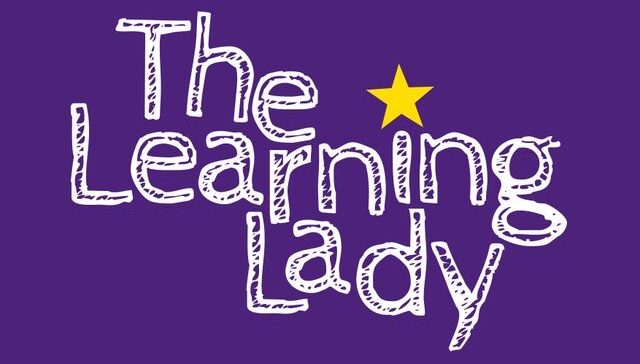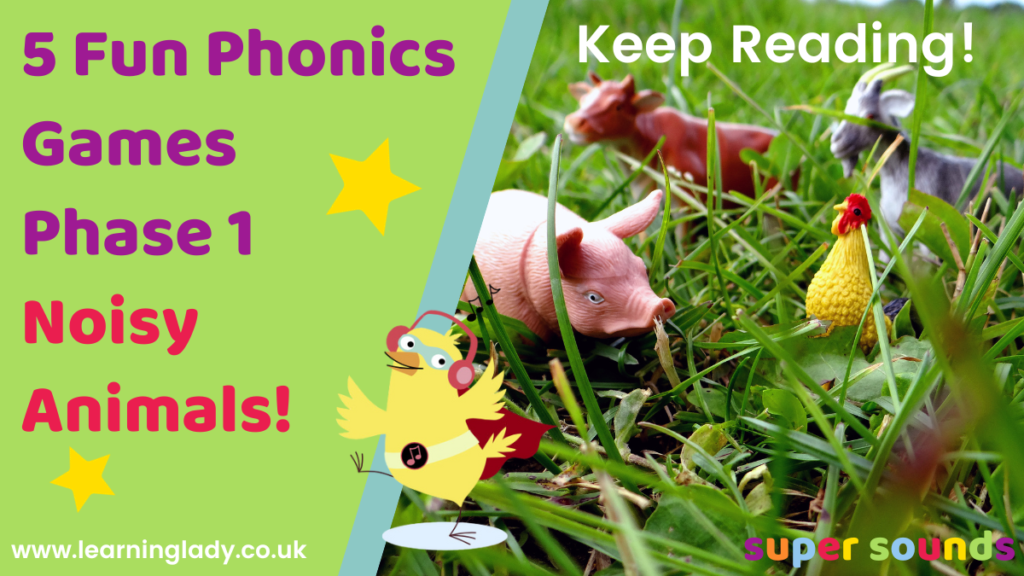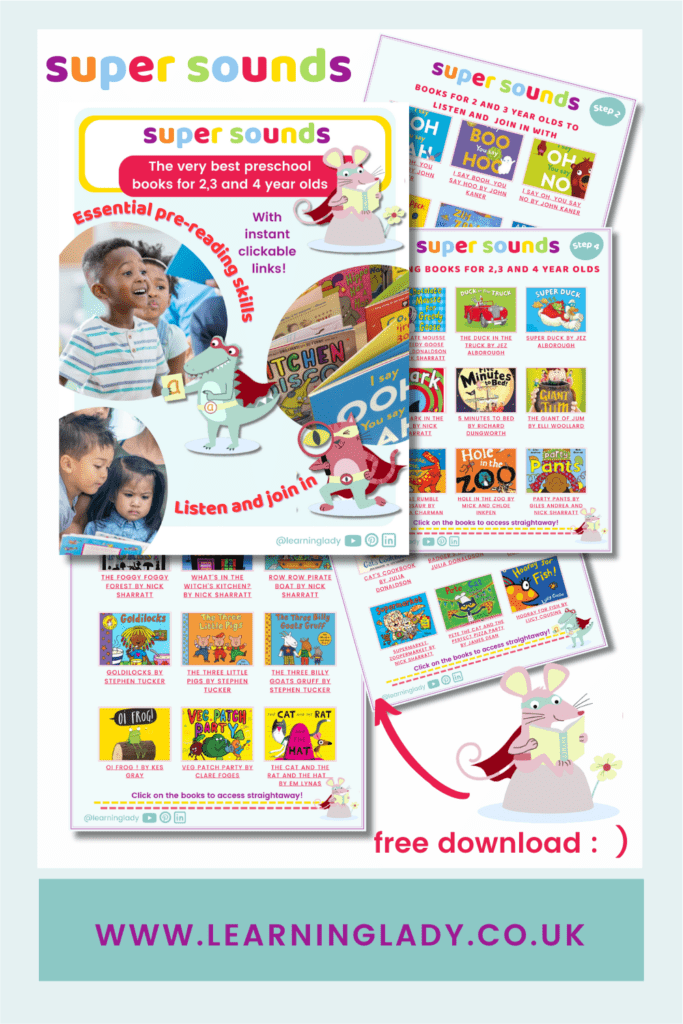Animal Sounds in Nursery
Are you looking for fun phonics games for phase 1 to play with your 2- and 3-year-olds? As a nursery team, we were always on the lookout for new ideas like this.
Logan loved farm animals!
One year, a 2-year-old called Logan got us thinking more about animal sounds and how we could use farm animal noises better to improve our phase 1 phonics activities.
This is the story of how Logan helped us to develop 5 super simple animal sounds games, matched to stories and songs, and the amazing success we noticed!
Phonics Games for Phase 1 Using Animal Sounds
Why are Phase 1 Phonics games involving animal sounds important?
Matching written letters to their spoken sounds is what we all recognise as phonics, but developing critical pre phonic skills begins long before this step.
Before our pre-schoolers can match letters to spoken sounds, a key feature of phase 1 phonics is to match symbols (like pictures or toys), to everyday or familiar sounds.
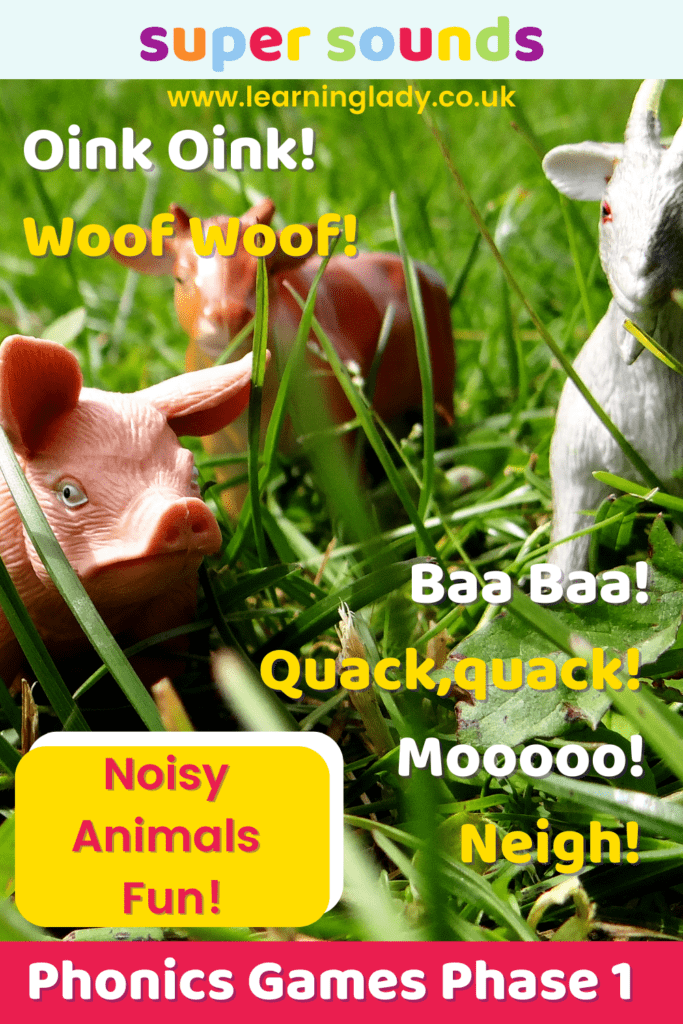
A critical part of Phase 1 Phonics
Stories, songs, and games involving animals are highly relatable to 2- and 3-year-olds, and are perfect for developing this initial sound-symbol correspondence.
Logan loved anything to do with farm animals. Like most other preschoolers, he was developmentally learning new words for objects and actions at high speed!
How Logan developed pre-phonic skills
Playing phase 1 phonics games with farm animals was a great way to teach Logan how to:
- Match objects, photos, and pictures with everyday sounds.
- Name animals, describing simple differences in how they look and sound.
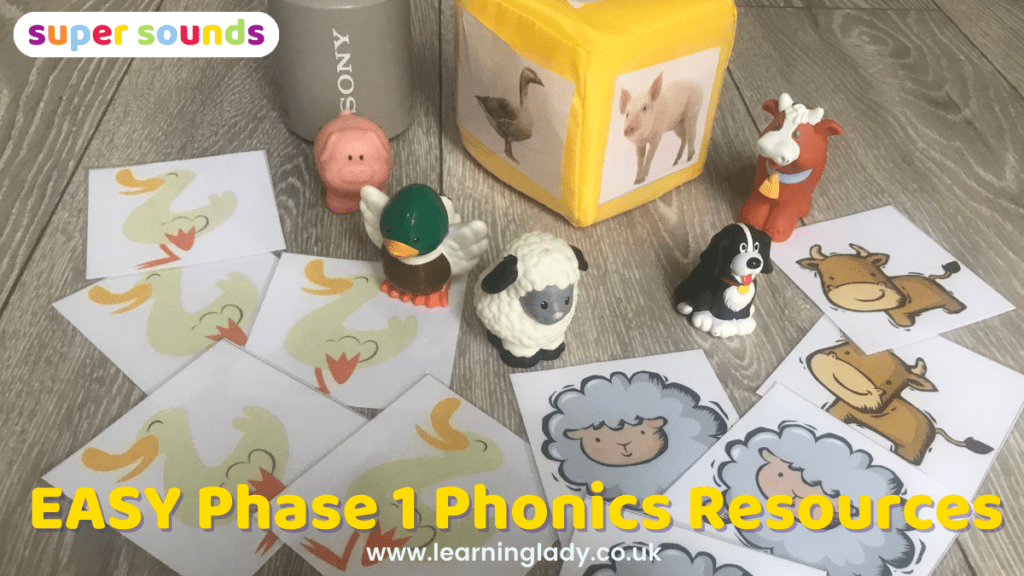
Exposure and experience to different kinds of images is key
2 year olds like Logan need to learn that the same object, for example a sheep, can be represented in many ways, but still make a “baaaa” sound.
This later develops to understanding that letters matched to spoken sounds can appear differently; in lower case, upper case and different fonts.
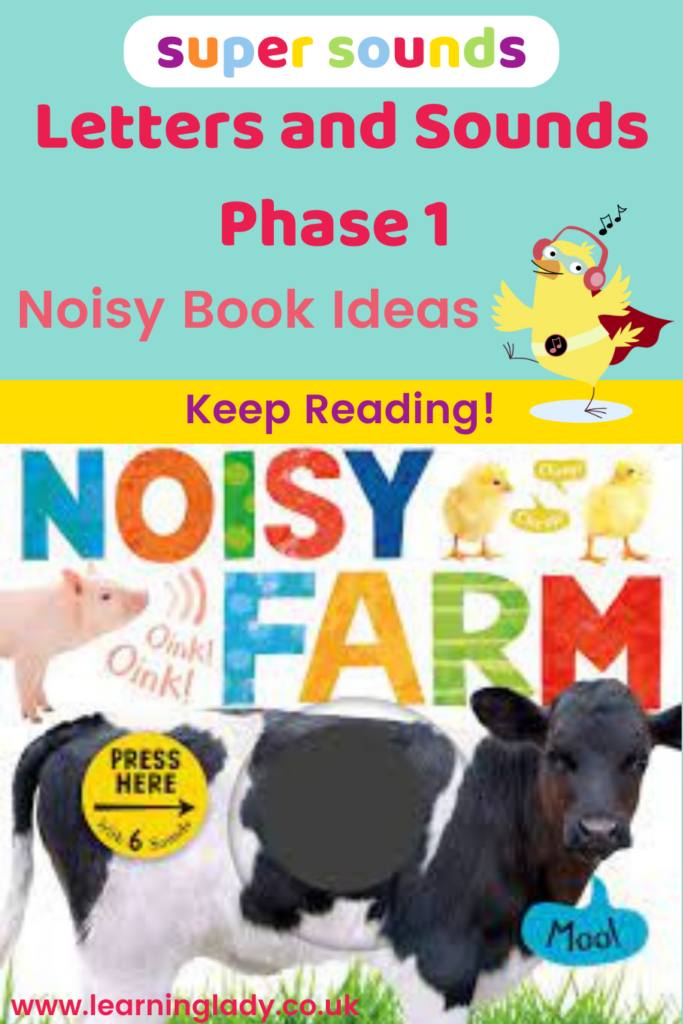
Logan had little experience of farm animals in real life but, when he was 2, his favourite book at home had been the Noisy Farm book, where he pressed the sound buttons matched to the animal images.
Our job was to introduce Logan to the same animals, in as many ways as possible. We needed to help him learn that the same animal and sound could be represented in many different ways.
Phonics Phase 1 | Visual Discrimination
We knew that if Logan could build associations with animal noises, he’d be able to apply this essential skill to different visual images matched with real sounds, then later, letters matched to more abstract sounds..
This process is known as visual discrimination, and it’s a crucial factor in the prereading development of all 2,3- and 4-year-olds.
If you’re new to phonics phase 1, then this super speedy explainer video, taken from the amazingly popular Ready for Reading online training, is a great starting point to watch and share.
A progression of pictures
For 2 and 3 year olds to develop a good understanding that the same sound can be matched to different visual representations, we had to think about a progression of experiences that would help Logan develop an understanding by association.
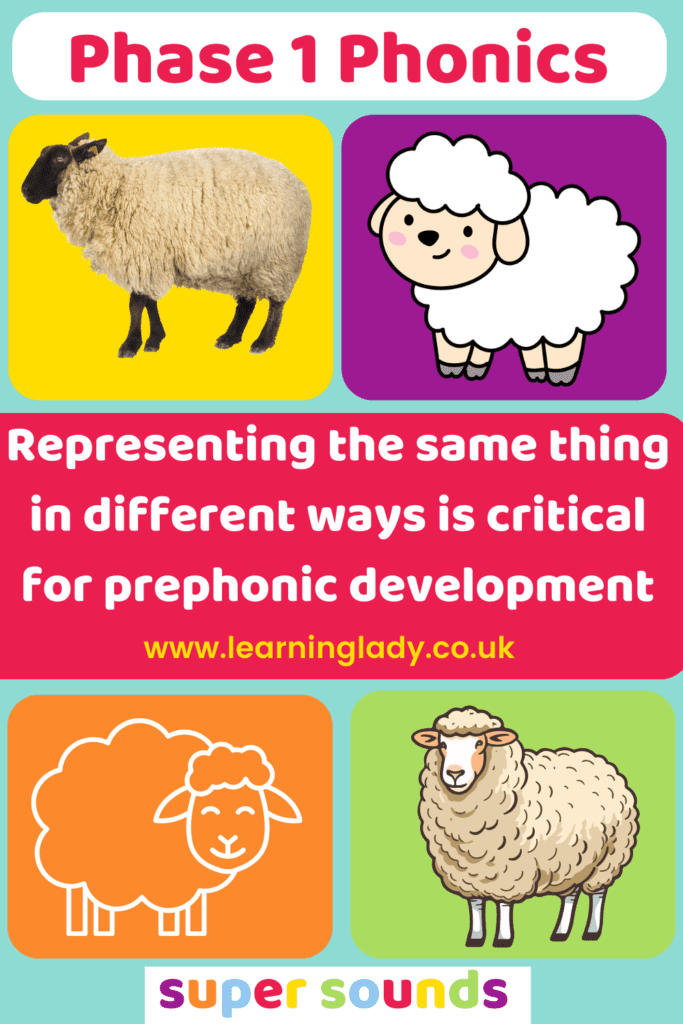
Books to support Phase 1 Phonics Planning
We sat down to improve our phase 1 phonics planning by expanding Logan’s experience and exposure to the same animal names and sounds using books and everyday resources.
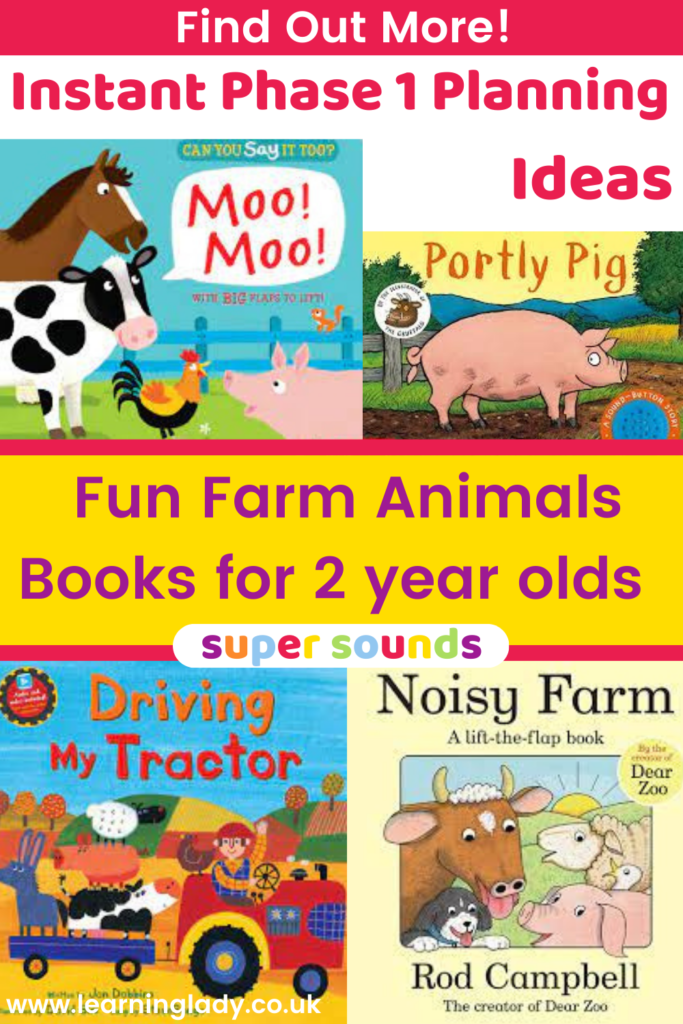
We decided to sort out a collection of farm animal books to use in our setting. We also shared this with Logan’s family who were delighted to build on his interests at home. Here are some books that Logan loved!
More brilliant books for 2,3 and 4 year olds
If you’re always on the lookout for fun and engaging books to use with your preschoolers, or recommend to families, then this FREE Super Sounds pre-phonics booklist is just what you need!
It’s crammed with over 100 super useful books to share with your 2,3- and 4-year-olds, including everything you need for perfectly prepared preschoolers.
Full of instantly clickable links, it’s the ultimate digital timesaver you’ve been looking for, and it’s FREE!
5 fun farm animal Phase 1 Phonics games that your children will love!
As Logan was introduced to the names, sounds and different representations of farm animals in books, we also introduced the same concepts as we played together.
This included lots of exploration of the farm animal toys, our favourite farm animal puzzle, and a simple farm animal snap game.
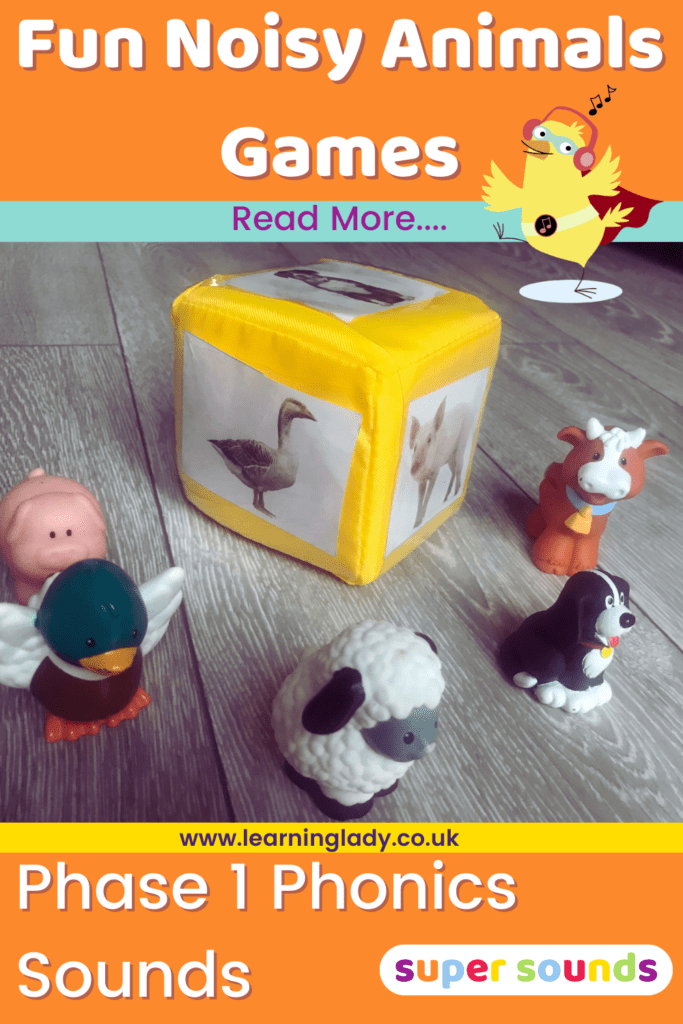
Then we introduced some super fun and easy to play phase 1 phonics games from Super Sounds, the prephonic programme for 2,3- and 4-year-olds.
These were easy peasy to play and helped Logan to develop all the prephonic skills he needed. They were great for developing turn taking, attention, and concentration too! Here are some of the super simple games that Logan and his friends loved the most!
Easy Peasy Dice Game | Phonics Games Phase 1
Before we played this super simple game we always began by singing Old Macdonald Had a Farm. Logan and his friends loved playing this game, and we built in a simple progression by adapting the pictures we added to the dice over time.
Here's how we did it.....
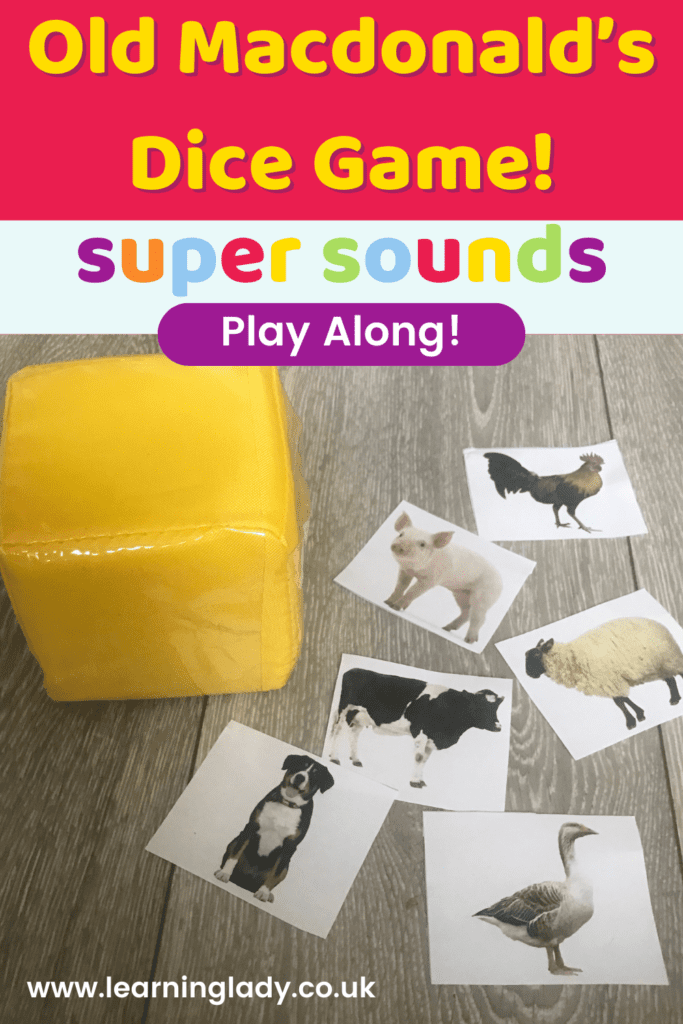
Session 1: Google images of real farm animals
Session 2: Photos of our toy farm animals
Session 3: Farm animal pictures taken from our favourite books
Session 4: Clip art images of farm animals
Session 5: Line drawings of farm animals (no colour)

What you need
Farm animal pictures of the sound making objects you’re going to be playing with. These need to be the same size as the faces / pockets on the die.
What to do
- Sing Old Macdonald had a Farm together.
- Explain that the children are going to make the noises matched to the pictures on the die.
- Support them to take it in turns to roll the die, naming the picture that lands on top.
- Can the children name the picture and make the corresponding sound?
- All the children should join in with making the sounds matching the pictures rolled.
- The game continues until everyone in the group has rolled the die at least twice.
Pass The Box Game | Phonics Games Phase 1
The Pass the Box game was a firm favourite in our nursery, we adapted it in so many ways. We sometimes used jungle animals, vehicles and even instruments. The song was super easy for the staff team to learn, you can download the song words and live stream the tune from the FREE Super Sounds Songbook here!
Baa, Moo, Baa, Moo! | Phonics Games Phase 1
We often think of sequencing and repeating patterns as a mathematical skill, but it’s the perfect prephonics experience. Logan was learning to ‘read’ pictures matched to sounds from left to right, just as if he was reading.
We started by playing this game with all the children making the sounds all together.
Next we assigned children to specific animals, so they could only make an animal noise when it was their turn.
In the end, the children were keen to make up their own patterns as they played independently. They loved it!

What you need
Pictures of animals organised into simple sequences.
These could be pasted onto strips of paper or slides for larger group work.
Alternatively, simply order picture cards like these.
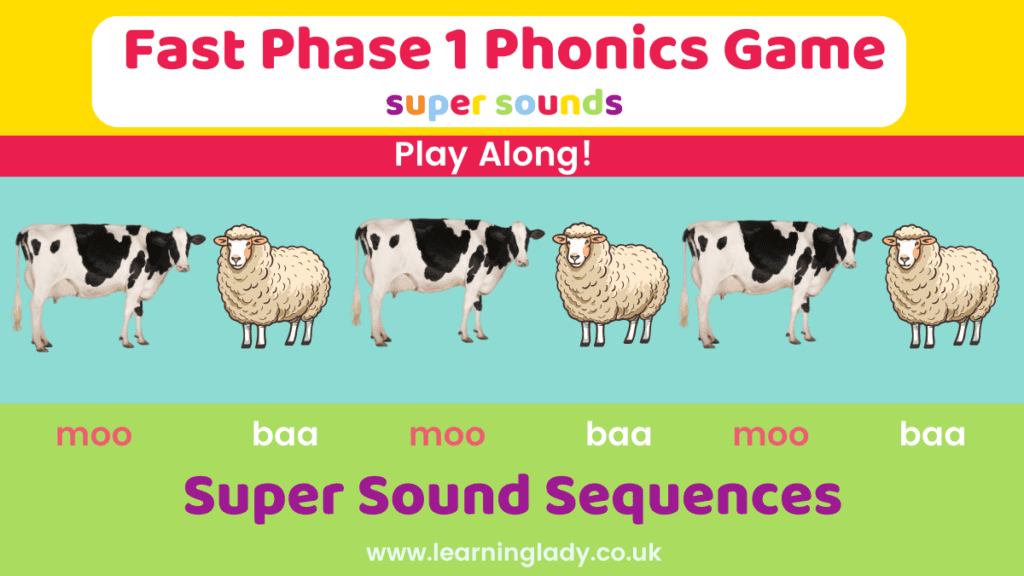
How to play
- With all the picture cards organised into the middle of the space, remind the children of the names and corresponding sounds matched to the animals.
- Practise making the animal sounds all together.
- Explain that the children are going to be ‘animal musicians’, using the picture patterns to guide them.
- Demonstrate the simple sound sequence, making the animal sounds matched to the pictures, travelling from left to right along the sequence of pictures.
- Involve the children joining in with the sound sequence, several times all together. Show them how to follow the picture pattern, by pointing to the pictures in order. This helps the children to become aware that the directionality of print in English goes from left to right.
- Always start with simple two-part sequences, becoming more complex overtime.
Farmyard Fun! | Phonics Games Phase 1
This super simple game was really popular with our preschoolers because it’s active! There was lots of running around and we found the best place to play was outside.
We started with just 2 very different sounding farm animals, adding more animals as the children grew in confidence.
In the end, the children were listening, running, and deciding between 6 different animals and their noises. A real challenge for some of our 2 year olds!
Noisy Animals | Phonics Games Phase 1
This game takes lots of practise, because the aim of the game is to find the same animals by listening, rather than looking at the pictures.
We had to train the children not to tell or show everybody else what their picture was at the start of the game -which took quite a bit of practise!
When this game is played successfully , you’ll find the whole place turns into a noisy farmyard!
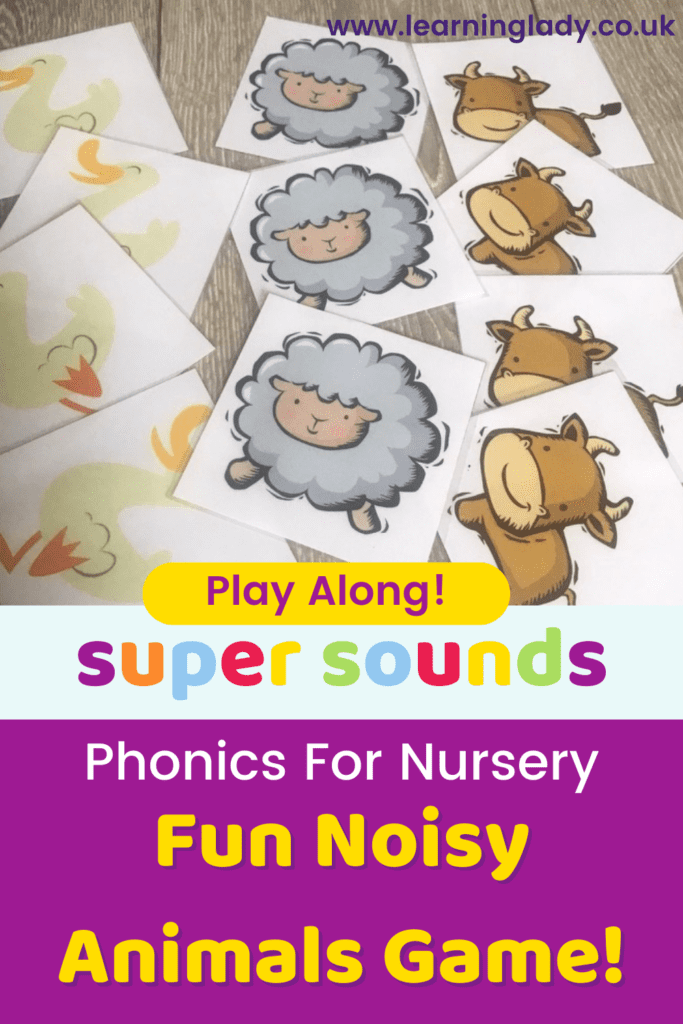
What you need
Toy farm animals or picture cards, enough for everyone. Depending on the number of children playing, you’ll need several of each type.
A bag; place the animals in the bag
A large space to play
What to do
- Explain that the children are going to pretend to be farm animals by making the animal sounds matched to the toys or pictures.
- Practise by pulling each animal out of the bag. Make the matching noise for each animal all together.
- Explain that the children are each going to take their own animal out of the bag and think about the noise it makes. Then they are going to hide the animal away in their hand so nobody else can see it. Model and practise this first.
- On your signal, the children move around the space, making the noise of their animal without showing anybody the toy or picture.
- The aim of the game is to find, then stand with, the animals making the same sound, without showing the other children the toy or picture.
- Support the children in making the animal sounds at the same time as moving around the space. As well as making their own animal sounds, they will need to be listening out for the animals which are the same as them.
- Once all the ‘animals’ have organised themselves into groups, ask each group of children to make their sounds once more. revealing the toys or pictures to check that they were right.
Moving on from Farm Animal Sounds
As a result of our farm animals pre phonics focus, Logan could match farm animal sounds to all kinds of different representations of the same sounds.
He could name animals in order, as well as read pictures and books, sequencing and turning pages, from left to right.
To capitalise in this success we followed the same activities with jungle animals and then types of transport.
We had learnt that being focussed in this way helps preschoolers to develop vital phase 1 phonics concepts much more rapidly and with greater ease.
We had previously rushed ahead and not considered the importance of generalisation in visual images matched to sounds. Following this experience, we’d never look back!
More prephonics fun for 2 year olds....
Super Sounds by The Learning Lady
Ready for Ready – Preschool Online Training Course
FREE Recommended Reading books for Preschool Phonics
5 super simple preschool listening games your children will love!
5 Super Fun Phonics Phase 1 Game Ideas for teaching environmental sounds
What comes before Phonics by Sally Neaum
